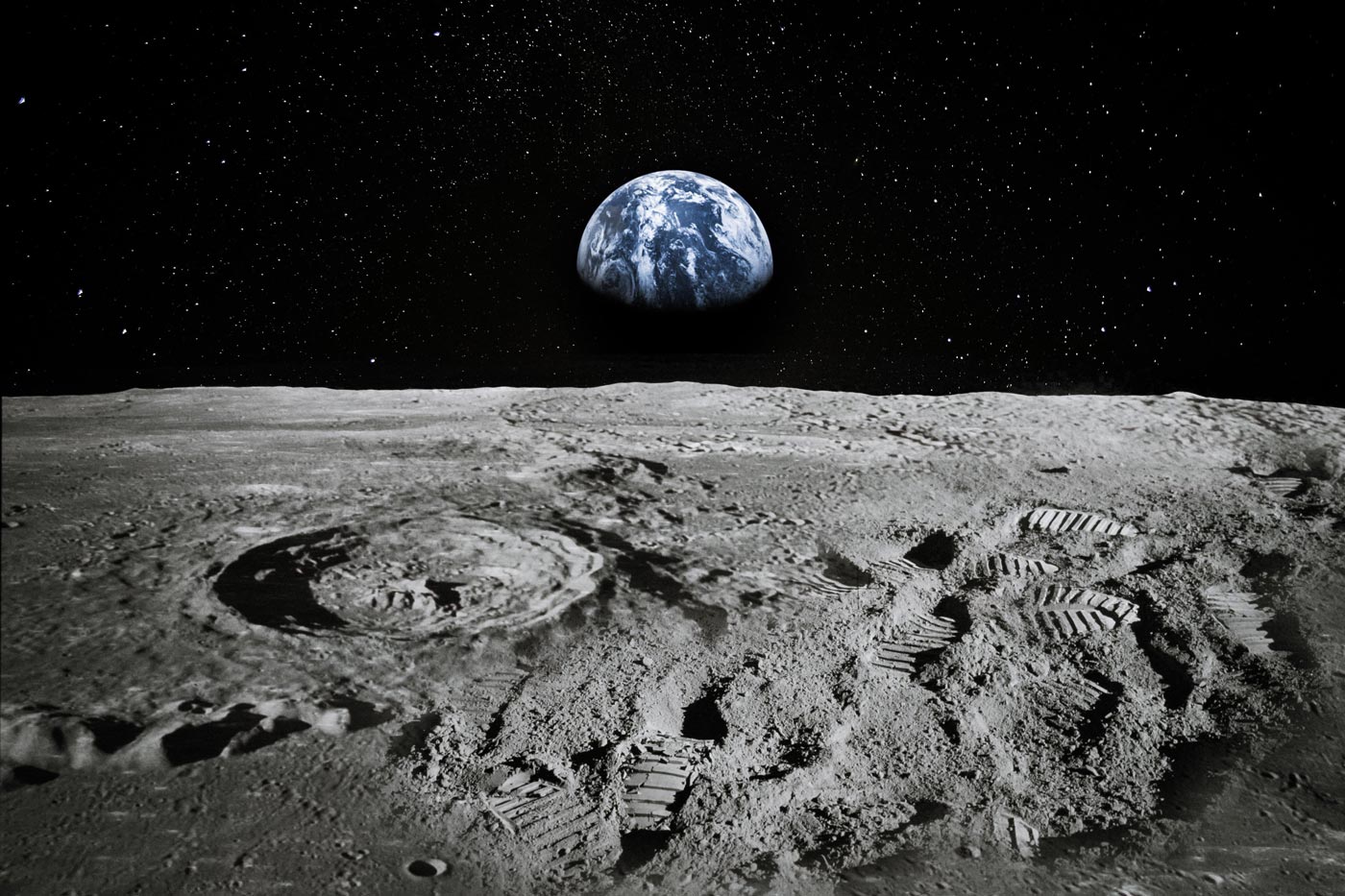As the countdown to July’s golden anniversary of the Apollo eleven challenge grows louder, interest will receive recognition of the program’s advantages that put Neil Armstrong on the moon. The space race spawned, amongst other innovations, improved hearth-resistant clothing, freeze-dried food generation, rescue blankets, and even the Dustbuster transportable cordless vacuum cleaner (the not-go fruit of laptop software to reduce the energy consumption of lunar drills).
The spin-off with the widest utility became a framework for modern-day control, which blasted off from the identical release pad after John F Kennedy set the ambitious purpose of a moon touchdown in 1961. In 1989, Nasa reunited six executives who oversaw the moonshot. They diagnosed ten control standards underpinning its achievement, from “rent the nice human beings” and “delegated authority” to “take calculated dangers and feature moral braveness.”
The astronauts helped transmit those ideas — some of which had been well beforehand in their time for hierarchy-certain 1960s corporate America. Frank Borman, commander of Apollo eight, and Bill Anders, who took the well-known “Earthrise” image at the equal task, went on to go big US corporations, respectively Eastern Air Lines and General Dynamics. Two-thirds of the 24 “Eagles” who orbited or walked on the moon went into commercial enterprises with some capability, not just aerospace enterprises, but regions as various as coal and production.

The program also supplied some rocket gas for the jargon that still orbits managers like area junk. Gene Kranz, flight director of the ill-starred Apollo thirteen assignment, has become acknowledged for the hypothesis “failure is not an alternative” after advising his crew to find a way to keep the team. Yet the missions additionally taught their youthful individuals — the average age at Mission Control in 1969 changed to 26 — if not to include failure, then at least to examine from it. “Own errors (and admit to them in real-time)” became one insight NASA executives absorbed.
Why are those training—and others accumulated from surviving Eagles by using Basil Hero in his attractive new ebook The Mission of a Lifetime—important now, when the smartphone in your pocket is more effective than all of the computer systems at NASA’s disposal in 1969?
One reason is that many different enterprises now ought to grapple with the complexity that NASA and its private companions confronted within the 1960s. As Hero instructed me, such demanding situations require a formidable dedication to run a dispersed, flat company, in which even juniors can transmit thoughts or problems upwards quickly and without difficulty. Wernher von Braun, the scientist whose crew was constructing the Saturn V rocket that fired the Eagles into the area, used a system called Monday Notes, urging engineers to post one-page reports for assessment at the start of each week. “The chain possibly had simplest one hyperlink in it earlier than it got to a decision-maker,” a former astronaut recalled.
A second purpose is that too many chief executives have drawn the wrong conclusions because NASA went from JFK’s vision to Armstrong’s “large bounce” in just eight years. “Moonshot” has entered management vocabulary in part on the lazy assumption that truly setting the points of interest of a commercial enterprise on an improbably distant purpose will propel the crew closer to it. Kennedy knew before he addressed Congress in 1961 that the moon challenge was bold but feasible. His speech even outlines the steps and the investment required to attain the objective. Kennedy became, Hero writes, “a realistic idealist.”
The last and most particular reason why such classes need to be relearned is that the US has again set its points of interest on a moon landing. Donald Trump lit the touchpaper in 2017. His vice-president, Mike Pence, fanned the flame in his initial month, directing NNASA and a private organization to position “American astronauts, launched via American rockets, from American soil” to return to the moon within five years. Mr. Pence clarified that failure was not an alternative for him and Mr. Trump (who could be nearing the quiet of his 2d term as president in 2024). But, while using the moon as a way-station to other planets is a sound concept, the absence of a rocket of equal potency as Saturn V and the lack of funding are massive barriers.
When appointed head of NASA utilizing Kennedy, James Webb advised the president to double the finances for the moon touchdown program. Mr. Pence said, “We have to focus on the mission over the method to succeed.” I wish NASA and future astronauts, wherever they’re bound, precise luck and Godspeed. However, one lesson from the Apollo program for commercial enterprise leaders looking at over with a bit of luck moonward is that neither is a great deal to us without enough money, the proper agency, and a soundly managed method.





